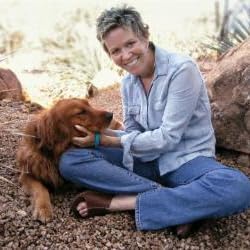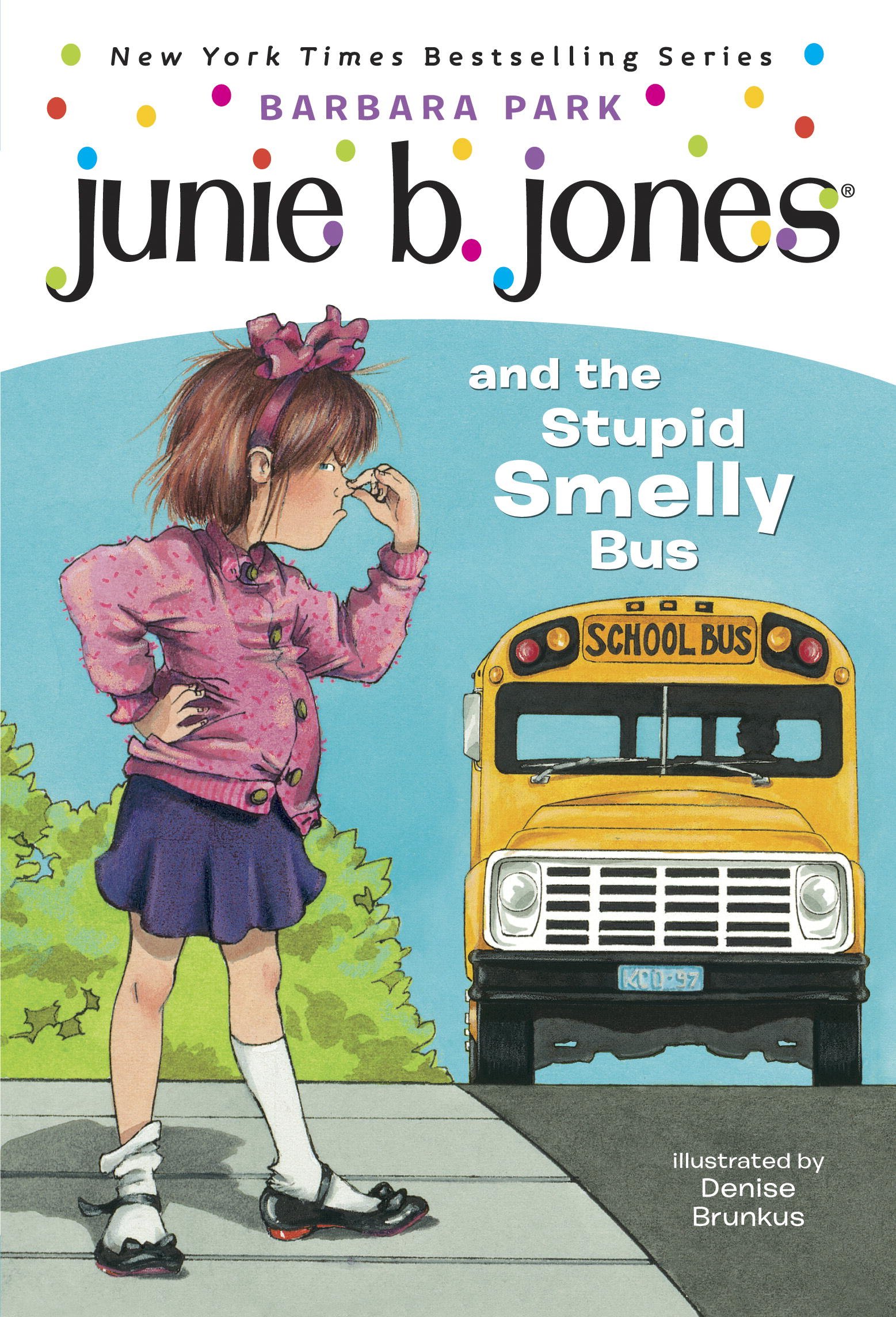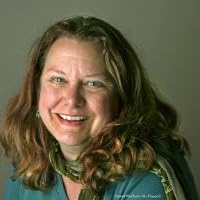Barbara Park
关于作者
I grew up in Mt. Holly, New Jersey. It was a small town surrounded by farmland . . . the kind of town where you greet people by name on Main Street. It was only an hour’s drive to the ocean. So every summer we spent family vacations on Long Beach Island. My brother and I would ride the waves during the day and play miniature golf at night. It’s the kind of idyllic memory that stays in your head long after you’ve grown up and moved away. After graduating from high school and spending two years at Rider University, I transferred to the University of Alabama where I met my husband, Richard. Eventually his job brought him to Arizona. We both fell in love with the desert and wanted to stay here forever. Still, during the heat of the Arizona summers, those ocean memories would come rushing back. So–after years of sweaty summers–my husband and I finally built a house on Long Beach Island, the same island where my brother and I rode the waves as kids. In the story business, that’s called “coming full circle.” These days, Richard and I divide our time between the desert and the ocean. In the words of Junie B. Jones, I’m a lucky duck. Q. What inspired you to start writing? In my case, it was sort of “reverse” inspiration. I got a degree in secondary education. My plan was to teach high school history and political science. But, because of a scheduling problem my senior year, I ended up doing my student teaching in the seventh grade. The word disaster doesn’t really cover this one. I’ll spare you the details. But as I ran screaming from the school building every day, I knew that I would never be a teacher. My husband and I married after graduation, and started a family. A few years later, when I was ready to go to work, I was still haunted by the memories of student teaching. So I was “inspired” to try my hand at writing instead. Q. How did you go about getting published? The first children's novel I wrote was Operation: Dump the Chump. As soon as it was finished, I bought a copy of Writer’s Market, found some addresses, and started sending it off to publishers who were accepting unsolicited manuscripts. It was rejected three times. All three rejections managed to work in the classic industry one-liner, “It isn’t right for our list.” The fourth time I sent it to Alfred Knopf, Inc. A few weeks later, they called and said it was exactly right for their list. I felt like I’d hit the lottery. Q: You’ve written middle-grade novels, early chapter books, and picture books. Which do you like writing best? I can’t really say which I like best. But after all the Junie B. books I’ve written, those certainly come the easiest. The middle-grade novels are more of a challenge. But in some ways, that makes them more rewarding. The last two I’ve written (Mick Harte Was Here and The Graduation of Jake Moon) were both about very sensitive topics, so it took a long time to get them exactly right. But I think those two books have made me the most proud. Q. Tell us about your most recent picture book. It’s called, MA! There’s Nothing to Do Here! It’s about a baby in utero who is bored out of his mind. The idea for it was born (so to speak) when my daughter-in-law, Renee, invited me to my first grandson’s ultrasound. Although I had never had an ultrasound myself, I’d seen pictures of other babies in utero. But I wasn’t prepared for how amazing it would be to see my own little grandbaby on that screen. I felt like I was watching the Discovery Channel. Q. How much did you continue to think about the baby after seeing the ultrasound? How did this develop into the idea for the book? A. On the way out of the doctor’s office, I remember thinking, Okay, so now we’re all going back to our busy lives. But the baby is still in there just floating around. Except for an occasional kick or hiccup, he’s got absolutely nothing to do. A few months later–when I was getting ready to give Renee a baby shower–I wrote this poem, framed it, and gave it to her as a shower gift. Q. Of the characters you’ve created, who is your favorite? A. This would be a bit like picking a favorite child. I don't have a single favorite character, but again, I lived with the characters Mick and Phoebe Harte and Jake and Skelly Moon for a very long time. So those four are the most dear to me. The characters I've had the most fun with have been the little ones. Little kids are so free to say whatever is on their minds. They aren’t silenced by peer pressure and the notion that they have to sound cool. Molly Vera Thompson in The Kid in the Red Jacket is six, and Thomas Russo in My Mother Got Married and Other Disasters is five. They both were such fun to write about that they led to the creation of Junie B. Jones. Q. Is Junie B. modeled after you as a child? Did you ever do any of the things that Junie B. does? A. I was sent to “Principal” in first grade for talking. There were lots of notes sent home that year, as well. My father was on the Board of Education. Not good. Q. There’s been some criticism of the Junie-speak in the series. How do you answer concerns that Junie's grammar is not good for young readers? A. Honestly, most of the grown-ups I hear from are writing to tell me that Junie B. Jones got their reluctant readers to read. I have drawers full of letters from parents and teachers that are so meaningful to me, I can’t bear to part with them. These are adults who understand that fictional literature plays a whole different role in children’s lives than a book of grammar or a basic reader. That having been said, there are always going to be a handful of people who denigrate books that speak in a voice other than their own. I’ve stopped trying to explain the concept of literature to people like that. Wasted time better spent. 8. What makes you laugh? My sense of humor is a little bit off-center, I think. In the movies, I usually laugh at parts that no one else seems to think are funny. Then there are movies like Young Frankenstein where I laugh from the opening scene straight through to the end. Lots of other things make me laugh, as well. My husband and sons make me laugh. My dog. My grandsons. Friends. The absurdities of life. My lopsided cakes. The list goes on . . . What advice do you have for teachers that are aspiring writers? For kids? There’s nothing revolutionary in my advice, I’m afraid. It’s the same old stuff. Write as much and as often as you can. Try different genres to find your niche. Then rewrite, rewrite, rewrite. And–above all–be your own worst critic.
阅读完整简历















